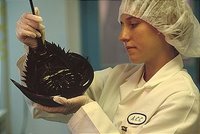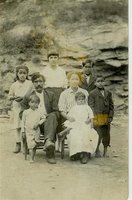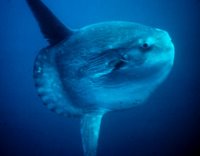Herschel Walker: A Runner
 Keywords: Herschel Walker, Football, All-Pro
Keywords: Herschel Walker, Football, All-ProThe Story: Herschel Walker, famed NFL football star of the 1980's and 90's is known for his legendary work ethic. Apparently, he started young, and suddenly. According to the Academy of Achievement website, "Herschel Walker showed little interest in sports; he preferred reading books and writing poetry. At age 12, however, he began a crash exercise program. Over the next year, he did 100,000 push-ups, 100,000 sit-ups and sprinted thousands of miles." Let's do the math. Interpreting "thousands" to be 2,000 miles (it could be more), and assuming Herschel worked out all 365 days that year, this comes out to approximately 5.5 miles of sprinting, 274 pushups, and 274 sit-ups per day. This could be excruciating, if not dangerous work, even for a healthy adult. And this is Herschel just kicking off his routine. Herschel went on to trump numerous records, and received several awards en route to and during his time in the NFL. What does he have to say about starting this exercise routine at age 12? "...it just made me feel good."
Additional Reading:
http://www.achievement.org/autodoc/page/wal0bio-1
Post thoughts and insights to comments.









